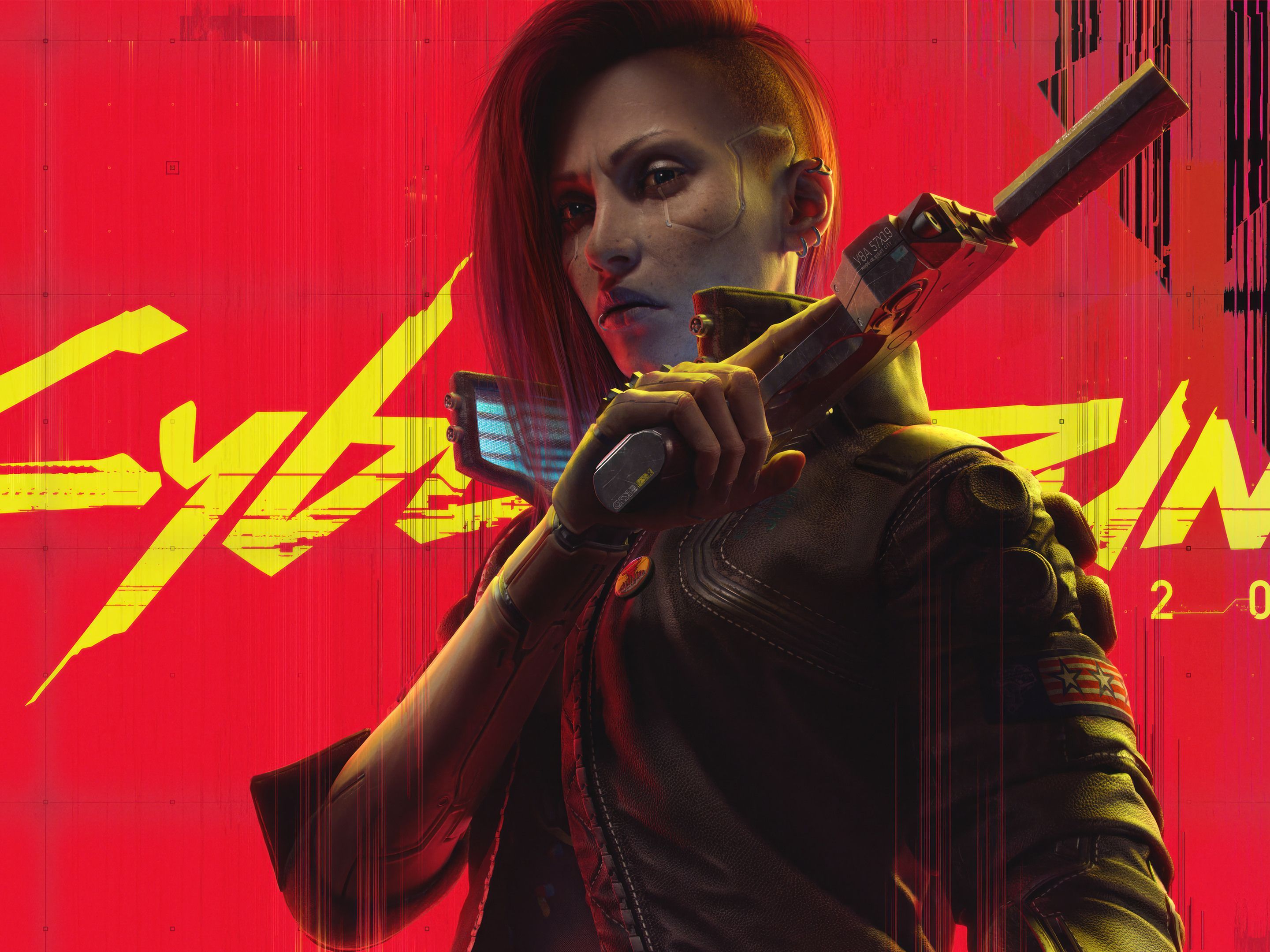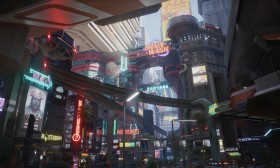Blasphemous 2 Score: Dark Metroidvania Evolution
The world of Cvstodia is not a place of hope. It is a land of thorns, of twisted faith, and of grotesque beauty born from endless penance. From this soil of suffering, Blasphemous carved its niche, a brutal and unforgettable Metroidvania that wore its dark Catholic and Spanish folklore influences like a crown of barbed wire. Its sequel, Blasphemous 2, had a monumental task: to honor the oppressive, singular vision of the original while evolving beyond it. The evolution is not merely in its refined level design or expanded armory, but in its most profound and atmospheric achievement: its score. The music of Blasphemous 2, composed by Carlos Viola, is not a companion to the journey; it is the very medium through which Cvstodia’s tragic soul is revealed, representing a masterful evolution of the dark Metroidvania soundtrack from a backdrop of dread into a dynamic narrative force.
To understand the revolution of the second score, one must first recall the stark power of the first. The original Blasphemous soundtrack was a masterpiece of ambient dread. Tracks like "Desecrated Cistern" and "Grievance Ascends" were soundscapes of hollow winds, distant, mournful chants, and the slow, metallic drip of water in a tomb. It was a score of immense weight and sorrow, perfectly mirroring the Penitent One’s lonely pilgrimage through a world frozen in a state of divine punishment. Its brilliance lay in its minimalism and its ability to make silence feel like a character. The music was a dirge, a constant reminder of the world’s incurable wound. This established the essential "dark" in its dark Metroidvania identity—a world where exploration felt less like adventure and more like a violation of sacred, cursed ground.
Blasphemous 2 begins not with a scream, but with a lullaby—a fragile, haunting melody that is the first signal of the score’s new direction. The world has changed. The Miracle has reshaped Cvstodia, and with it, the music has mutated. Viola’s approach evolves from pure ambient dread to a more nuanced, melodic, and dynamic composition. The core identity—rooted in Spanish religious and folk traditions—remains, but it is now interwoven with a greater sense of structure and thematic purpose. The score breathes with the world, its melodies acting as ghostly guides through the new, often more vertical and intricate, environments.
This evolution is most apparent in the implementation of dynamic layering and location-specific leitmotifs. Unlike the first game’s largely static soundscapes, Blasphemous 2’s music often reacts to the player’s position and actions. Enter a new area, and you might be greeted by a solitary, echoing guitar. As you descend deeper into a cursed palace or climb higher towards a profane altar, layers are added: a deep, resonant cello enters, a mournful violin weaves a counter-melody, a chorus begins a whispered incantation. This technique, reminiscent of the adaptive scores in games like Hollow Knight, transforms the act of exploration into a musical journey. The player doesn’t just unlock a new area on the map; they unlock a new movement in the area’s symphony. The music charts your progress not in binary terms of "unexplored" and "explored," but in terms of escalating awe and deepening melancholy.
Furthermore, the score masterfully assigns distinct sonic identities to the game’s three new weapon paths. The iconic War Censer, Rapier and Dagger, and Praying Blade are not just tools of combat; they are symbols of different aspects of Cvstodia’s faith. The music reflects this. Areas and puzzles tied to the heavy, deliberate War Censer might be underscored by deep, liturgical chants and the slow, percussive tolling of a massive bell, emphasizing weight and solemn judgement. In contrast, zones designed for the swift Rapier and Dagger might feature more agile, flamenco-inspired guitar work, with rapid finger-picking and complex rhythms that mirror the weapon’s dance-like combat style. This weapon-based musical storytelling is a profound innovation, seamlessly blending gameplay mechanics with narrative and atmospheric depth.
Nowhere is the score’s narrative power more concentrated than in its boss themes. Blasphemous had unforgettable boss tracks, but Blasphemous 2 elevates them to operatic heights of tragedy and fury. Each boss is a twisted saint, a condemned icon of the Miracle’s whimsy. Their music tells their story. The theme for Lesmes and Infanta, the two-faced embodiment of fractured love and devotion, is a heartbreaking duet between a sorrowful string melody and a more aggressive, percussive section, perfectly capturing their tragic, conjoined existence. The battle against Odón of the Confraternity of Salt is a frantic, escalating dance of mandolins and driving rhythms, mirroring his erratic, explosive combat style. These are not just songs to fight to; they are audio-dramas that force the player to engage with the profound pathos of the monstrosity they are vanquishing. The boss is not an obstacle; it is a tragedy set to music, and you are the final, violent act.
The ultimate triumph of the Blasphemous 2 score is its synthesis of the old and the new. It never forgets the roots of its predecessor. The hollow ambience, the Gregorian chants, and the overwhelming sense of sorrow are still present, providing the foundational mortar for this new auditory cathedral. However, by weaving in stronger melodies, dynamic structures, and character-specific leitmotifs, it achieves something even greater. It creates a score that is as explorable as the world itself. It guides, informs, and emotes with a precision and depth that is rare in the genre.
In the pantheon of great Metroidvania scores—the haunting ruins of Hollow Knight’s City of Tears, the alien grandeur of Super Metroid’s Maridia, the gothic industrialism of Castlevania: Symphony of the Night—Blasphemous 2 carves its own sacred niche. It demonstrates that the evolution of a sequel’s music need not be a mere change of tune, but a deepening of philosophy. Carlos Viola’s masterpiece moves the video game soundtrack from its traditional role as atmosphere-setter to that of a primary storyteller, a spectral guide through a world where every stone, every enemy, and every drop of blood is a note in a never-ending hymn to a cruel and beautiful god.

















